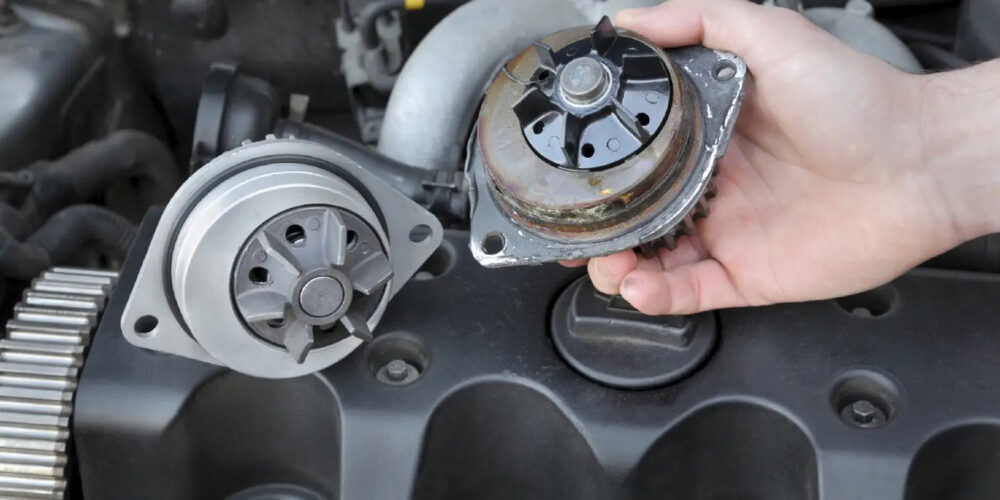Engine misfires can be a real headache to diagnose because there can be so many potential causes. However, throwing parts at a random misfire code without diagnosing the problem is the worst way to solve the problem. Your customer may get lucky and replace the right component on the first try, but chances are they won’t.
Some of the common causes of misfires include worn spark plugs or improperly installed spark plugs. Did your customer recently replace the plugs, and then the misfire code popped up? If the plugs are not properly torqued down, they may leak air and throw off the air-fuel ratio. Mishandling the plugs can bend the electrode to where there’s more air gap than necessary or the center gap closed up completely. The wrong type of socket without the proper insulation also can damage the
porcelain insulator.
Many DIYers tend to go for the most accessible solutions, which may not be the cause at all. Ignition coils are one such example. Coils can cause a misfire code if they fail, but they often are misdiagnosed because they’re simple to replace along with spark plugs. But a misfire code can be triggered by anything that causes the cylinder not to fire. A full diagnostic includes checking spark, compression, fuel, valve timing, spark timing, fuel-injection timing, etc. Anything that would cause a cylinder not to fire should be examined. For example, make sure that the valves are opening and closing; check that you can hear the injector armature clicking with each injection cycle.
A common failure with coil-on-plug (COP) ignition is called carbon tracking or “flash-over” on the spark plug insulator. This is often caused by oil, dirt or moisture that makes a path to ground over the spark plug insulator or an eroded spark plug electrode. A high-voltage spark will always follow the path of least resistance. The spark may go through the spark plug boot or down the insulator to the metal shell. Carbon tracks on plugs also will appear on the inside of the boot. Sometimes the boot on the coil can be replaced separately. If the boot is only available with the coil assembly, be careful not to contaminate the boot or insulator when replacing the spark plugs.
Faulty spark plug wires are another cause of misfires. Carbon-core ignition wires develop too much internal resistance over time (about 50,000 miles). The resistance weakens the spark and increases the chance of a misfire. High-mileage plug wires can also crack and leak current, shorting the spark before reaching the plug. Plug wires should be inspected regularly, and any that are worn, damaged, do not fit or have resistance that exceeds specifications should be replaced. If more than one plug wire is bad, replace the entire set.
Another cause of misfires is vacuum leaks. A leak into the intake port of a cylinder can cause a lack of fuel. Vacuum leaks on individual cylinders commonly occur around intake-port gaskets or vacuum-hose connections. Depending on where the vacuum leak is on the manifold, it can generate random or specific cylinder misfire codes.
Ensure your customers are making a full diagnosis of a misfire and not merely throwing parts at the problem, hoping that it’s the lucky solution. While a scan tool helps to pinpoint the problem, your customer still needs to follow a logical path to find the culprit.













